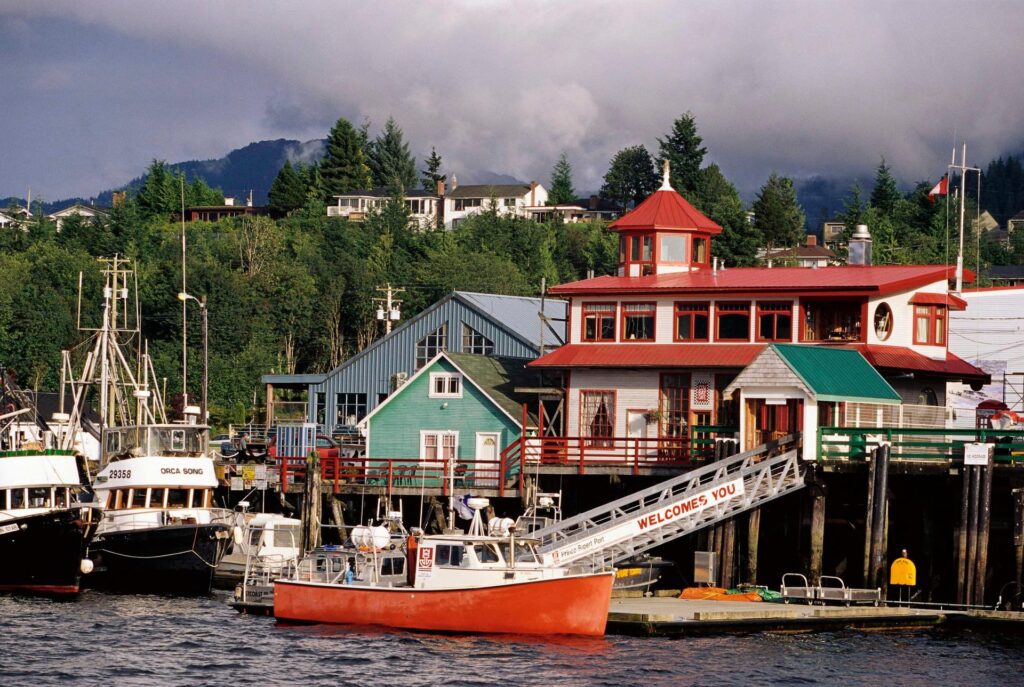When even bank economists are calling for immigration restriction, you know something is seriously wrong with Canada’s immigration policy.
Published on January 15th, a new special report by National Bank of Canada economists Stéfane Marion and Alexandra Ducharme argues that the country now finds itself in a “population trap”.
A population trap occurs when a country’s population is growing so fast that the ratio of capital (wealth) to labour (workers) remains the same or declines.
In this scenario, companies inundated with cheap labour spend less on improving worker productivity – say, by purchasing or upgrading machinery.
In a population trap, any increase in the average living standard is impossible.
You probably have never heard of this odd scenario, because population traps usually only occur in emerging economies like India or Sub-Saharan Africa.
The report explains that Trudeau’s open-door immigration policy, which has intensified in the last couple of years, is to blame.
The figures are staggering.
Canada’s population grew by 825,000 in 2022, and then more than 1.2 million in 2023.
In order to find another time that Canada’s population grew by more than 600,000 in one year, you have to go back to 1949 – and that’s only because Newfoundland joined Confederation!
In percentage terms, our population grew by 3.2% in 2023 – five times higher than the OECD average of 0.6%.
This growth was not limited to Toronto, Vancouver, and Montreal: all ten provinces grew more than twice as fast as the OECD average.
The highest growth rates, in percentage terms, were Alberta (4.3%) and Prince Edward Island (4%).
The report goes on to argue that, in addition to preventing an increase in living standards, large-scale immigration is fuelling the housing crisis.
The authors explain that the housing supply deficit is at a record low: there is now just one housing start for every 4.2 people entering the working-age population.
In order to meet demand, and reduce inflation in the cost of housing, Canada would need to reach a jaw-dropping 700,000 housing starts per year.
To limit the strain on Canada’s housing infrastructure, and to help us escape our current population trap, the authors call for a dramatic cut in immigration numbers.
Specifically, they suggest that annual population growth should not exceed 300,000 to 500,000 – a far cry from the current annual growth rate of 1.2 million.
The immigration file is now a rare instance where economists and the Canadian public are of one accord: cool the jets on population growth!
In an Abacus poll released in November, a remarkable 67% of Canadians said that Trudeau’s immigration target is too high.
Strikingly, majorities among both native-born Canadians (68%) and foreign-born Canadians (62%) thought so.
Furthermore, majorities of Conservative voters (82%), NDP voters (63%), Liberal voters (61%), and Bloc voters (80%) said there was too much immigration.
There are not many issues in Canada which can unify National Bank economists, the wider public, Conservatives, first-generation immigrants, Bloc voters, the Liberals and the NDP.
It seems like there’s only one demographic left that thinks our immigration system is working just fine: the political class.
Are they listening?
Editor’s note: I often write columns for corporate-owned newspapers, which require that work submitted to them remain exclusive – that is, not re-published elsewhere. Now and then, however, I write a piece which I circulate around to various independently owned newspapers – which don’t require that submitted pieces remain exclusive. This is one such column. Enjoy!
All content on this website is copyrighted, and cannot be republished or reproduced without permission.
Share this article!




The truth does not fear investigation.
You can help support Dominion Review!
Dominion Review is entirely funded by readers. I am proud to publish hard-hitting columns and in-depth journalism with no paywall, no government grants, and no deference to political correctness and prevailing orthodoxies. If you appreciate this publication and want to help it grow and provide novel and dissenting perspectives to more Canadians, consider subscribing on Patreon for $5/month.
- Riley Donovan, editor